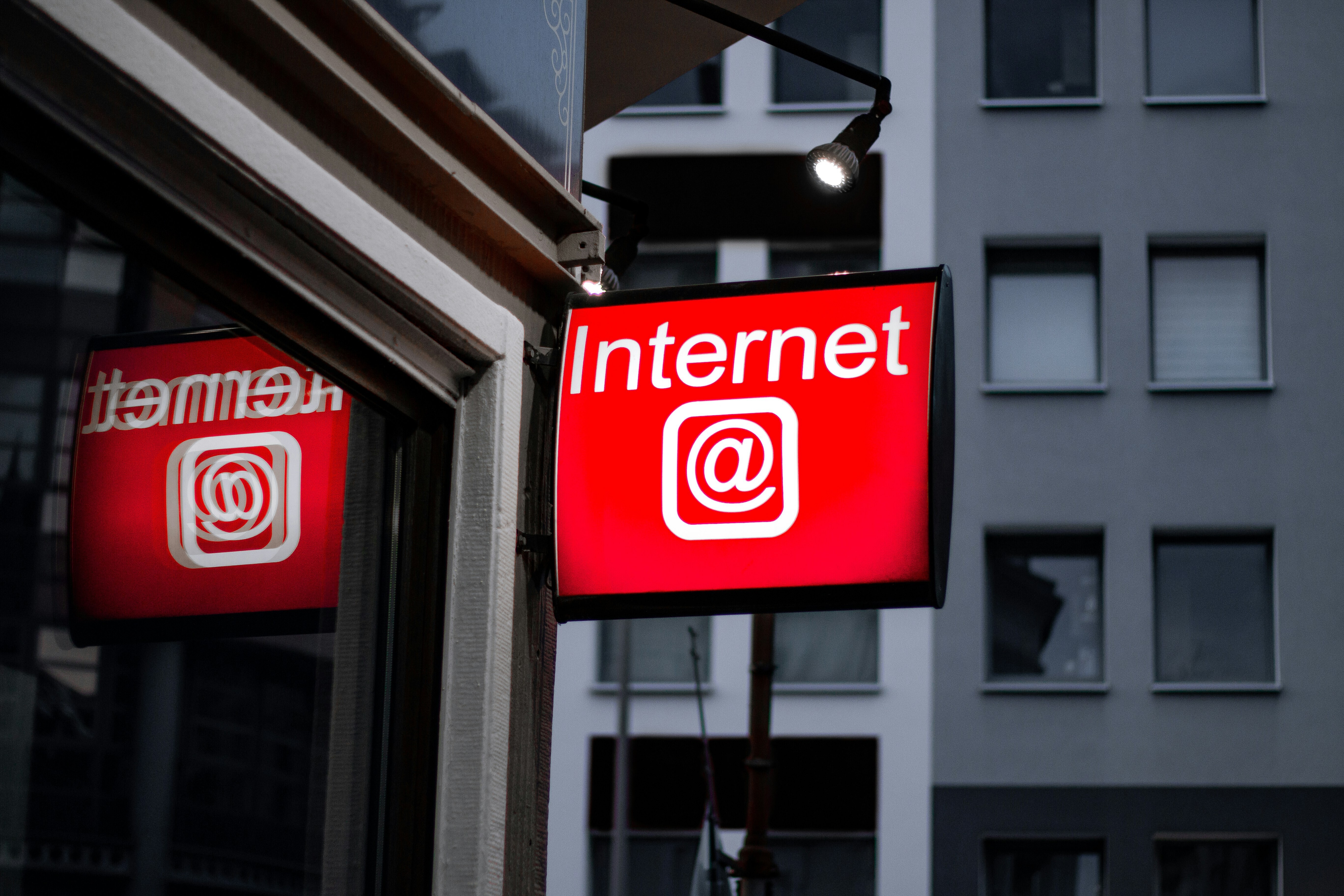Here’s how your mental health depends on collective wellbeing

Our wellbeing depends on the groups we are part of. Image: Photo by Antor Paul on Unsplash
Geoff Mulgan
Professor of Collective Intelligence, Public Policy and Social Innovation, University College London (UCL)- Mental health is nearly always seen as an individual issue requiring individual solutions. Yet in reality it’s as much a problem for groups and organizations.
- One legacy of the COVID-19 crisis could be a revolution in how we measure mental health and promote recognition that our wellbeing depends very much on the groups we are part of.
- This would also promote positives – and help us understand what makes groups thrive.
The COVID-19 crisis has seriously damaged mental health all over the world. A high price has been paid by many children who’ve missed out on time with friends and school, and many of the elderly have felt isolated. The challenges and solutions are well documented by the International Public Policy Observatory on COVID.
But the crisis is also shining a light on the stresses faced by employees. In the UK, new evidence on health workers shows that nearly half of those working in intensive care units suffered from severe anxiety, depression, post-traumatic stress disorder, or harmful use of alcohol. There may be similar patterns in other groups on the front-line, but we just don’t know. And this is highlighting a bigger problem in how we look at mental health. It is nearly always seen as an individual issue requiring individual solutions. Yet in reality it’s as much a problem for groups and organizations.
In everyday conversation we often talk of toxic cultures and of dysfunctional organizations. We know that individuals who join such organizations are powerfully affected by them: collective mental health influences individual mental health. There can be a pervasive culture where employees are depressed, deluded or prone to compulsive behaviours.
The best starting point for addressing problems is usually to find ways to see or map them. Unfortunately, we lack rigorous definitions of what these collective mental states might be. We lack good and comparable measures, despite an explosion of psychometrics and surveys.
Psychiatry has a powerful tool to help solve this at the individual level. The DSM is the ‘Diagnostic and Statistical Manual of Mental Disorders’ that is the bedrock of American psychiatry. It is revised periodically – the most recent version is DSM5 - and is meant to capture the latest state of knowledge.
There is much that can be challenged in it. It rests on a pretty weak evidence base (only a tiny percentage of psychology experiments are successfully replicated); it uses often arbitrary categories; it lacks much solid knowledge about causal mechanisms; and it’s prone to ideological bias (homosexuality was only taken out of the DSM in the early 1970s – before that it was treated as a disease).
But it does at least provide some coherence. For groups and companies we could do better. Recent years have brought rapid growth in survey data on anxiety levels, depression and optimism. Through social media, a treasure trove of data on moods, beliefs and anger is now available. The data is rarely straightforward – and there will always be a gap between what people say and what they feel. But this sea of data provides a good starting point, and possibilities that couldn’t have been imagined a decade or two ago, some of them quite scary, from analysis of company emails to analysis of facial expressions during Teams meetings.

So what might the categories be for new maps of collective mental health? An obvious one is depression. The usual definitions of depression include being unhappy or hopeless, having low self-esteem and finding no pleasure in things you usually enjoy. Our interest should be in spotting this in groups or whole populations where, although there is a wide range of levels of depression, the normal distribution curve has been shifted.
Delusion also looks relevant. The Cleveland Clinic defines delusional disorder as ‘a type of serious mental illness in which a person cannot tell what is real from what is imagined’, associated with ‘an irritable, angry, or low mood, and hallucinations (seeing, hearing, or feeling things that are not really there)’. Again, this is quite common in groups and even nations.
A third example is obsessive compulsive behaviour which is when an unwanted, intrusive and often distressing thought, image or urge repeatedly enters people’s minds, causes them distress and is associated with repetitive behaviours. This certainly looks recognizable at a group or collective level.
Fourthly, PTSD is clearly relevant – particularly for groups like the military or medical staff, and emergency services, that often have to face traumatic situations. The US army, for example, introduced extensive programmes to deal with PTSD a decade ago, led by Brigadier General Rhonda Cornum, using the language of psychological fitness and resilience. Again, however, the emphasis was very much on individual diagnosis and treatment.
Each of these conditions – depression, delusion, compulsive behaviour and trauma - could be diagnosed at an aggregate or average level. But we would expect there to be big differences within groups and organizations. Status and power correlate fairly well with measures of physical and mental health. So any new methods of measurement need to look at the differences as well as the averages.
The importance of such differences was highlighted in recent research by Angus Deaton and Ann Case on ‘diseases of despair’ which showed the serious decline in both mental and physical health amongst predominantly middle-aged men in the US whose status had declined.
What is the World Economic Forum doing to champion social innovation?
Many organizations use wellbeing indicators – covering levels of anxiety, satisfaction with job, pulse surveys and Net Promoter Scores as a measure of engagement. Two widely validated questions, which could be used as standard parts of future measures, are: “In the past 3 months, have you ever not felt well enough to perform your duties to your normal standard, but attended work regardless?” and ‘do you feel energized by your work’.
If we had better measures we could use them not just to address negative patterns but also to promote positives – to understand what helps groups to thrive. This has been the message of the ‘positive psychology’ movement and many nations now measure happiness, offering important insights. The best predictors in the annual World Happiness Report are survey answers to the question of whether you had friends or relatives you could rely on in a crisis. We might expect that to matter for firms and groups too. An organization I helped found – Action for Happiness – for example, now has very powerful evidence on how to boost both wellbeing and feelings of social connectedness.
One legacy of the COVID-19 crisis could be a revolution in how we measure mental health and recognition that our own mental health depends very much on the groups we are part of. Anecdotes about toxic employers and deluded nations could be more grounded in data. With new measures we could start to harness that data to improve not just our individual mental health but our collective mental health too.
This article is part of a Wellbeing Series, launched by the Forum and the Schwab Foundation, with the idea to support the human aspects of social entrepreneurship to unleash the potential for social change.
Don't miss any update on this topic
Create a free account and access your personalized content collection with our latest publications and analyses.
License and Republishing
World Economic Forum articles may be republished in accordance with the Creative Commons Attribution-NonCommercial-NoDerivatives 4.0 International Public License, and in accordance with our Terms of Use.
The views expressed in this article are those of the author alone and not the World Economic Forum.
Stay up to date:
SDG 03: Good Health and Well-Being
Forum Stories newsletter
Bringing you weekly curated insights and analysis on the global issues that matter.
More on Wellbeing and Mental HealthSee all
Dylan Reim
October 29, 2025






